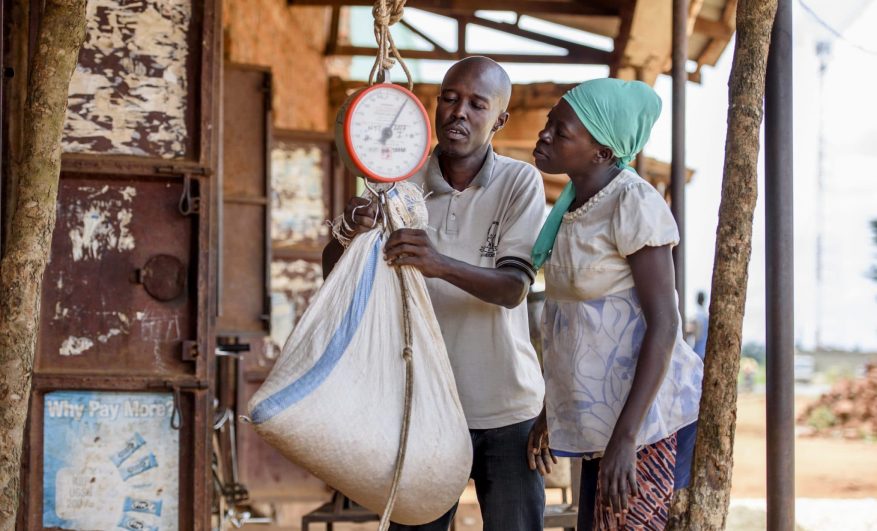TruTrade, the innovative sourcing and trading initiative for Africa’s smallholder farmers, doubled its trading volumes in 2019 over the previous year.
“We’ve experienced continued growth in both the Kenyan and Ugandan markets,” said CEO Jenny Rafanomezana. “And we’re confident that we’ll see further strong growth in 2020, with significant new orders from national and international markets already secured.”
In 2019, TruTrade sourced just over 1,500MT of farm produce, purchasing from 3,760 farmers through over 5,500 transactions. On average, farmers received 14% more income from TruTrade than they would have with traditional farm-gate traders. Some commodities showed a doubling of income. All payments to farmers continue to be made via mobile money. This increases transparency and reduces the risk of fraud.
“TruTrade now has a robust client base, providing a sourcing service to 27 businesses on a regular basis, as well as additional spot market retailers,” said Jenny. “Our buyers include exporters such as East African Growers, Kawacom and Olam; retailers such as Java and Zucchini greengrocers, and processors for flour, juice, brewing and animal feed, including East African Basic Foods, Kirinyaga Flour Mills and Devenish Nutrition. We’re also in talks with a number of international food companies. I’m confident we will see this client list expand significantly in 2020.”
Trading took place in 14 commodities, including avocado, sesame, soy, sorghum, rice, cassava and mango. Further growth is expected in these key value chains over the next 12 months, with additional growth in potato and tree nuts.
TruTrade’s innovative digital system was recognised in 2019 with a Global Prosperity Award from the Mohammed Bin Rashid Al Maktoum Foundation, recognising its potential for impact on rural poverty and hunger.
“These results have been driven by ongoing focus on our strategic objectives of building the supply base, market growth, increasing efficiency of trading operations and new service development,” said Jenny. “Our overall investment grew in 2019, with a three-fold increase in local grant revenue generation. Trading revenue also increased and combined revenue is now covering 30% of operating cost. We are well positioned to continue this upward trend in 2020.”

